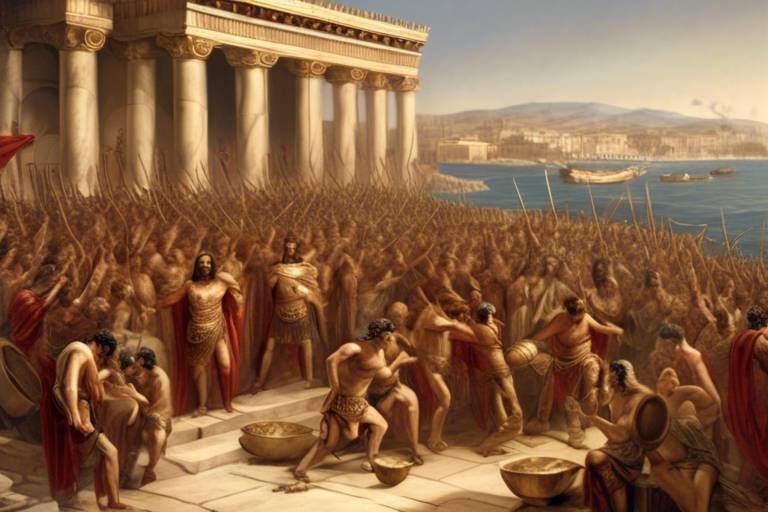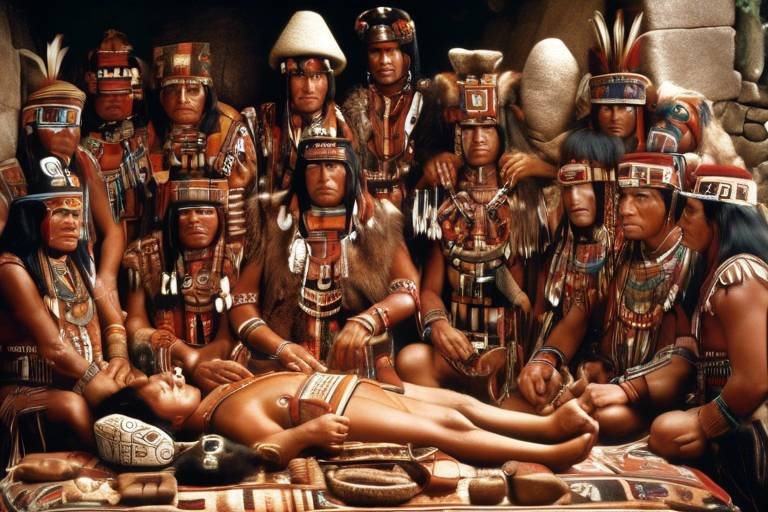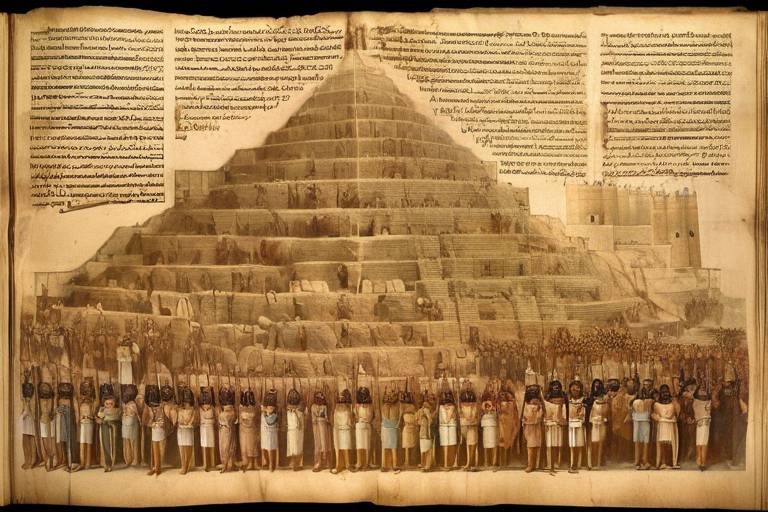The Cultural Richness of the Chola Dynasty
The Chola Dynasty stands as a beacon of cultural richness and artistic excellence in ancient India. Their legacy encompasses a diverse array of achievements that have left an indelible mark on the cultural landscape of the region. Let's embark on a journey to explore the vibrant tapestry of the Chola Dynasty's cultural heritage, from their awe-inspiring temple architecture to their profound literary contributions.
At the heart of the Chola Dynasty's cultural legacy lies their magnificent temple architecture. The Brihadeeswarar Temple in Thanjavur stands as a testament to their architectural prowess, with its towering gopurams and intricate carvings that mesmerize all who behold them. The innovative structural design of Chola temples continues to inspire awe and admiration, showcasing the ingenuity of the ancient craftsmen.
Delving deeper into the artistic realm, one cannot overlook the exquisite bronze sculptures that epitomize Chola craftsmanship. These sculptures are renowned for their intricate details, graceful poses, and spiritual symbolism that transcend mere artistic expression. Each sculpture tells a story, capturing the essence of Chola culture and spirituality in a way that words often fail to convey.
The literary and poetic contributions of the Chola era further enrich their cultural legacy. Renowned Tamil poets like Kamban and Sekkizhar have gifted the world with timeless compositions that reflect the ethos of their time. Through their works, we gain insight into the values, beliefs, and emotions that defined the Chola society, offering a glimpse into a bygone era of artistic splendor.
One cannot discuss the cultural richness of the Chola Dynasty without exploring their patronage of dance forms, particularly Bharatanatyam. Evolving as a sacred art form in temple precincts under royal patronage, Bharatanatyam weaves together music, rhythm, and storytelling in a mesmerizing tapestry of movement and expression. The Chola Dynasty's influence on dance continues to resonate through the ages, shaping the cultural landscape of India.
Beyond art and literature, the Chola Dynasty's maritime trade and influence played a pivotal role in fostering cultural exchange with Southeast Asia. Their prowess in trade not only enriched their own kingdom but also left a lasting impact on the art, architecture, and language of the regions they touched. The legacy of their maritime endeavors is a testament to their far-reaching influence and vision.
As we delve into the societal structure and governance of the Chola Dynasty, we uncover a system characterized by decentralized governance, efficient bureaucracy, and a deep-rooted patronage of arts and culture. The Chola rulers understood the intrinsic connection between governance and cultural prosperity, laying the foundation for a society that thrived on both fronts.
One of the most remarkable aspects of the Chola Dynasty was their religious tolerance and syncretic practices. By patronizing multiple faiths, including Hinduism, Buddhism, and Jainism, the Chola rulers fostered an environment of religious harmony and coexistence. This spirit of inclusivity shaped the cultural fabric of their kingdom, creating a harmonious blend of diverse beliefs and practices.
As we reflect on the enduring legacy of the Chola Dynasty, we are reminded of their profound influence on contemporary art, architecture, and cultural practices. Their cultural richness continues to inspire artists, scholars, and enthusiasts alike, preserving a heritage that transcends time and space. The Chola Dynasty's legacy is a testament to the power of art and culture to transcend generations and connect us to our shared past.
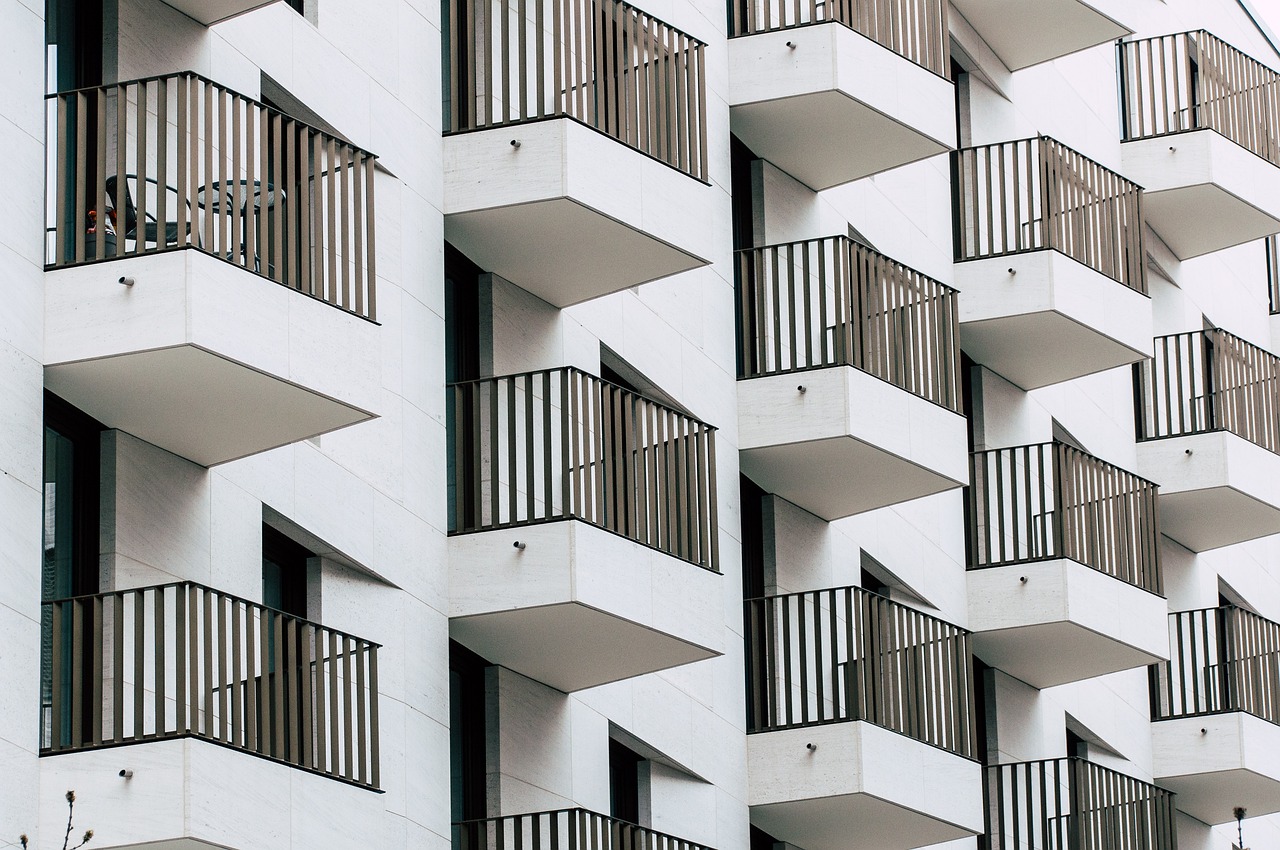
Temple Architecture
Exploring the vibrant cultural heritage and artistic achievements of the renowned Chola Dynasty in ancient India, known for its exquisite temple architecture, bronze sculptures, literature, dance forms, and maritime trade influence.
Delve into the architectural marvels of Chola temples, such as the Brihadeeswarar Temple in Thanjavur, showcasing intricate carvings, towering gopurams, and innovative structural design. The temples of the Chola Dynasty stand as a testament to their architectural prowess, with each structure telling a story of devotion and grandeur. The intricate details carved on the walls, pillars, and ceilings of these temples are a sight to behold, reflecting the skilled craftsmanship of the artisans of that era.
The Brihadeeswarar Temple, also known as the Big Temple, is a prime example of Chola architecture, with its massive monolithic dome, or shikhara, weighing around 80 tons. The temple's construction without the use of mortar is a marvel in engineering, showcasing the advanced knowledge and skills of the Chola architects. The gopurams, or monumental entrance towers, adorned with intricate sculptures and carvings, serve as gateways to the divine, inviting worshippers and visitors into a world of spiritual splendor.
Moreover, the layout and design of Chola temples are not just architectural feats but also spiritual experiences. The placement of various deities, the alignment of structures according to astronomical principles, and the integration of sacred geometry all contribute to creating a harmonious and sacred atmosphere within the temple premises. Visitors can feel a sense of awe and reverence as they explore the intricate corridors, sanctums, and mandapas of these ancient architectural wonders.
In essence, Chola temple architecture is a fusion of artistic brilliance, engineering ingenuity, and spiritual devotion, encapsulating the cultural richness and heritage of the dynasty in stone and mortar. Each temple tells a story of faith, tradition, and artistic excellence, drawing visitors from around the world to marvel at the enduring legacy of the Chola Dynasty.
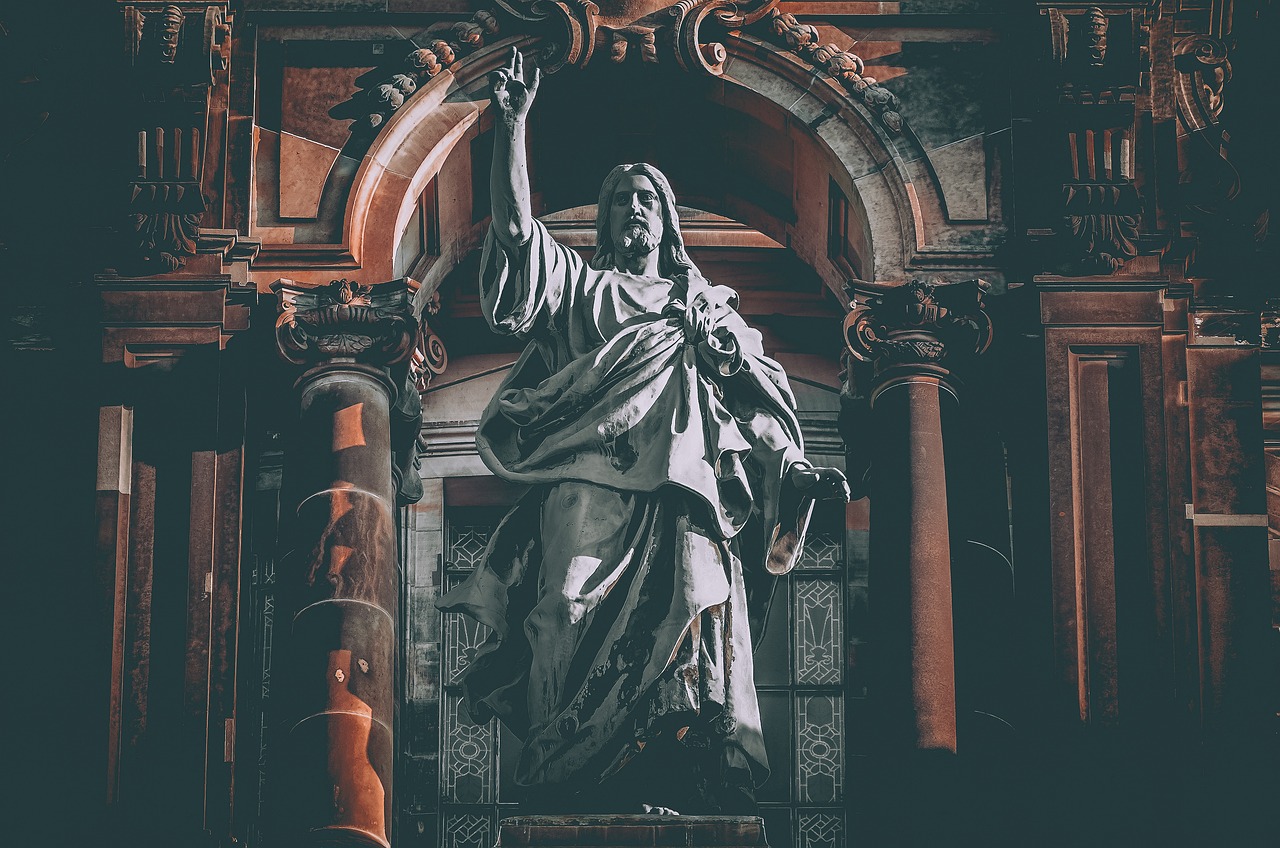
Bronze Sculptures
Exploring the vibrant cultural heritage and artistic achievements of the renowned Chola Dynasty in ancient India, known for its exquisite temple architecture, bronze sculptures, literature, dance forms, and maritime trade influence.
During the Chola Dynasty, bronze sculptures reached unparalleled heights of artistry and spiritual significance. These sculptures were not mere statues but embodiments of divine beauty and grace. Crafted with meticulous attention to detail, Chola bronze sculptures exuded a sense of serenity and transcendence, capturing the essence of the divine in tangible form.
The Chola artisans mastered the art of lost-wax casting, a technique that allowed them to create intricate designs and lifelike features in their sculptures. Each piece was a labor of love, with the artisans infusing their creations with a sense of devotion and reverence.
These bronze sculptures were not just objects of worship but also repositories of cultural and religious symbolism. The graceful poses of deities, the intricate jewelry adorning their forms, and the expressive faces all conveyed deeper meanings and stories from Hindu mythology.
One of the most iconic Chola bronze sculptures is the Nataraja, the cosmic dancer, symbolizing the cycle of creation and destruction. This masterpiece encapsulates the essence of Chola artistry, blending aesthetic beauty with profound philosophical concepts.
In temples across the Chola Empire, these bronze sculptures adorned sanctums and halls, creating a sacred ambiance that inspired devotion and awe. The legacy of Chola bronze sculptures endures as a testament to the artistic genius and spiritual fervor of this ancient civilization.
Q: What materials were used in creating Chola bronze sculptures?
A: Chola bronze sculptures were primarily made using the lost-wax casting technique, where molten metal was poured into a wax mold. The main material used was bronze, a combination of copper and tin, known for its durability and malleability.
Q: What themes were commonly depicted in Chola bronze sculptures?
A: Chola bronze sculptures often depicted Hindu deities such as Shiva, Parvati, Vishnu, and Lakshmi in various forms and poses. Symbolism related to mythology, spirituality, and cosmic harmony were prevalent in these artworks.
Q: How were Chola bronze sculptures significant in religious practices?
A: Chola bronze sculptures played a crucial role in Hindu worship rituals, where devotees offered prayers, flowers, and incense to the divine figures depicted in the sculptures. They served as focal points of devotion and meditation for worshippers.
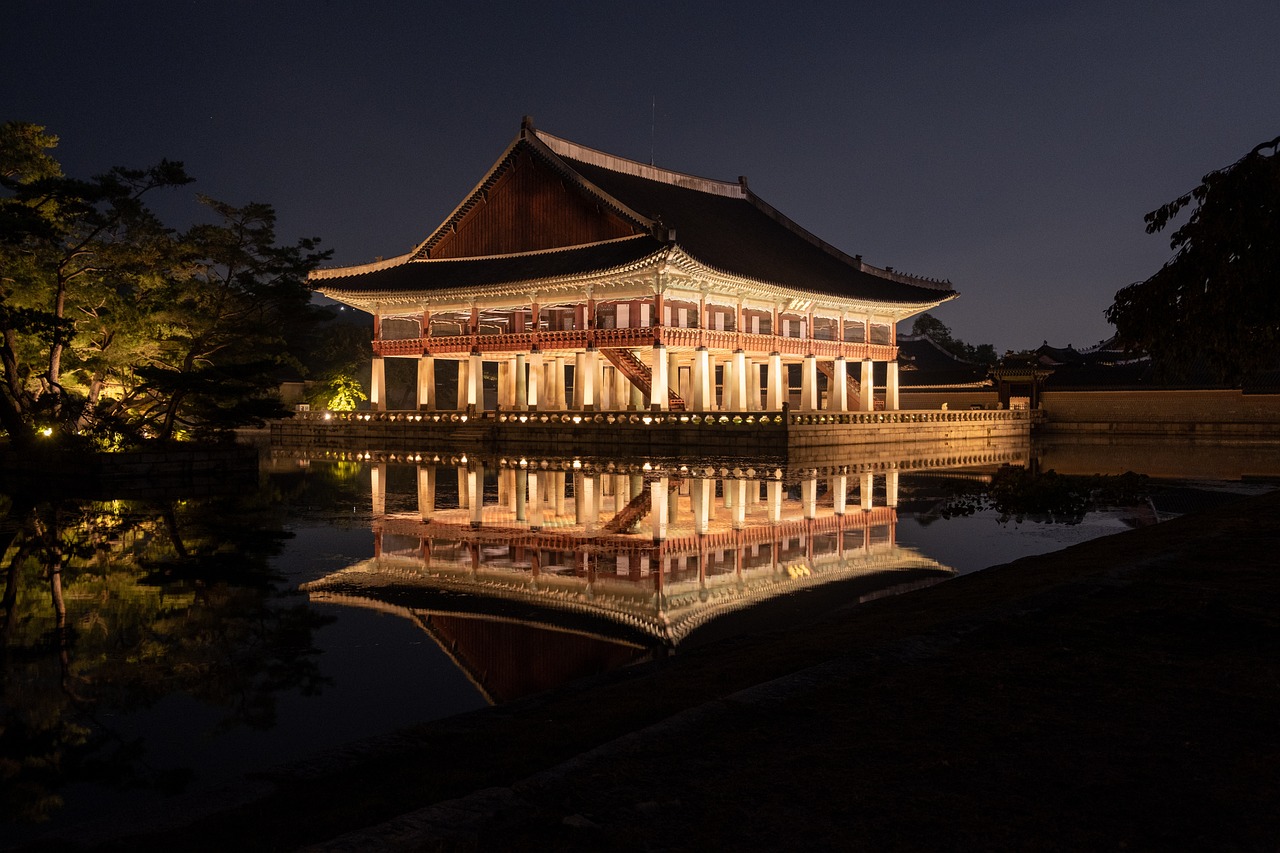
Literature and Poetry
Delve into the rich tapestry of literature and poetry that flourished during the Chola era, reflecting the intellectual vibrancy and cultural sophistication of the time. The Chola Dynasty was a patron of the arts, nurturing a thriving literary tradition that produced timeless masterpieces in Tamil literature.
One of the most prominent figures in Chola literature was Kamban, renowned for his epic poem Kamba Ramayanam, a retelling of the Hindu epic Ramayana in Tamil verse. Kamban's work exemplifies the poetic brilliance and narrative prowess of the era, capturing the essence of moral values and divine grace.
Sekkizhar, another celebrated poet of the Chola period, composed the legendary Periya Puranam, a hagiographic work detailing the lives of the sixty-three Nayanars, the revered Shaivite saints. Sekkizhar's poetic rendition immortalizes the devotion and spiritual fervor of these saints, inspiring generations with their tales of divine love and sacrifice.
The literary landscape of the Chola era was not limited to epic poetry alone; it also encompassed various genres such as akam and puram poetry, exploring themes of love, nature, and social life. Poets like Ottakoothar and Pugalendi delved into the complexities of human emotions and societal dynamics, crafting verses that resonate with universal truths.
Moreover, the Chola period witnessed a flourishing of devotional poetry dedicated to the worship of deities, particularly Lord Shiva. Poets composed hymns and devarams that extolled the divine attributes of the gods, fostering a deep sense of spiritual connection among the populace.
Through their literary endeavors, the poets of the Chola Dynasty not only captured the essence of their time but also laid the foundation for the rich literary heritage of Tamil Nadu. Their words continue to echo through the corridors of history, inspiring future generations to embrace the beauty and power of language and poetry.
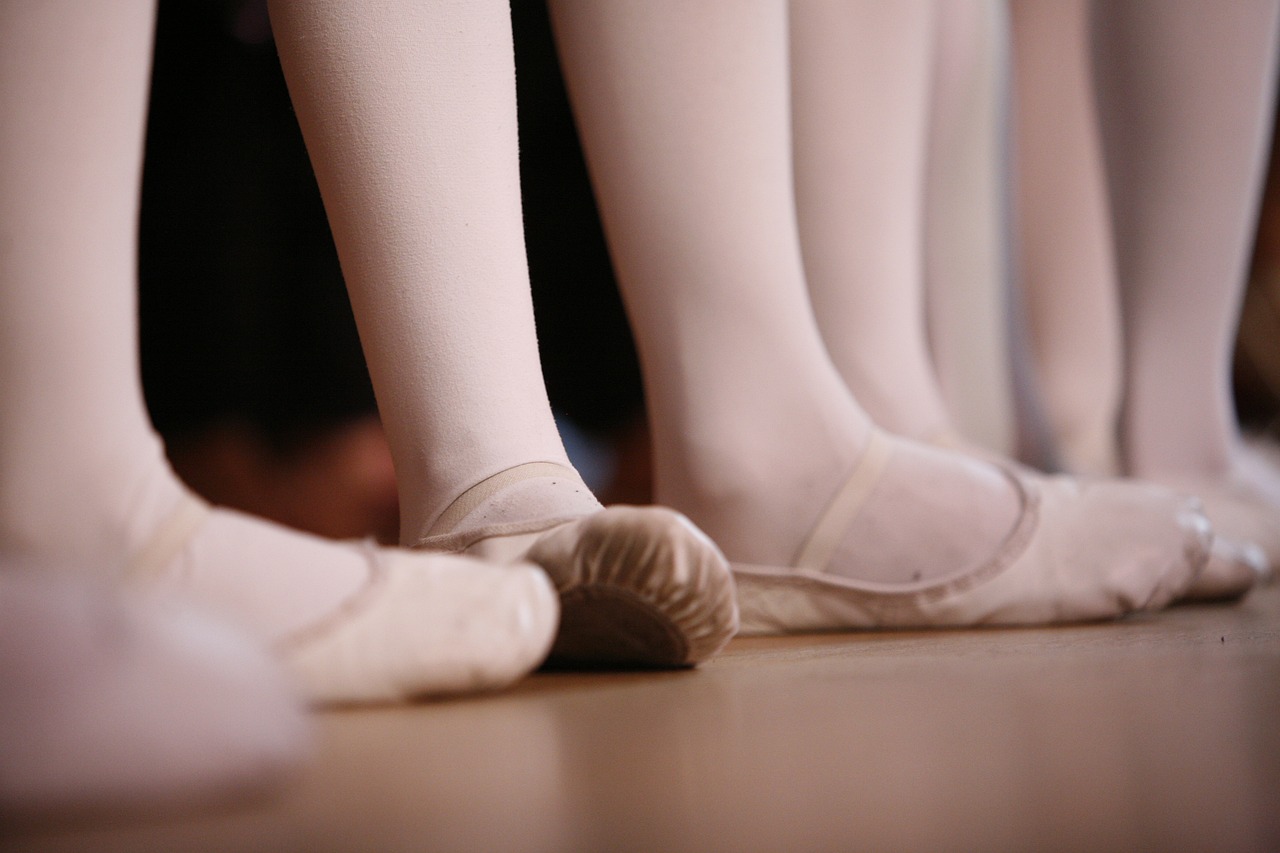
Dance Forms
Exploring the vibrant cultural heritage and artistic achievements of the renowned Chola Dynasty in ancient India, known for its exquisite temple architecture, bronze sculptures, literature, dance forms, and maritime trade influence.
Embark on a journey through the mesmerizing world of Chola dance forms, where movement becomes poetry and rhythm tells stories. Among these, Bharatanatyam stands out as a jewel in the crown of Indian classical dances. Imagine a dancer adorned in vibrant attire, gracefully moving to the melodious tunes, expressing tales of love, devotion, and mythology through intricate footwork and expressive gestures.
Within the temple precincts, Bharatanatyam evolved as a sacred art form, intertwining spirituality with artistic expression. The Chola rulers, with their keen patronage, nurtured this dance form, elevating it to a divine status. Each movement, each expression, is a homage to the gods, a celebration of life's myriad emotions.
Just like a painter creates a masterpiece on canvas, a Bharatanatyam dancer paints a vivid picture with their movements, capturing the essence of ancient tales and myths. The dance form's intricate footwork symbolizes the rhythmic heartbeat of the universe, connecting the dancer, the audience, and the divine in a harmonious dance of creation.
Through Bharatanatyam and other Chola dance forms, a cultural symphony resonates, echoing the traditions and beliefs of a bygone era. The legacy of these dances transcends time, inspiring generations to embrace their roots and celebrate the rich heritage passed down through the ages.
Stay tuned for answers to common queries about the Chola Dynasty's cultural richness, including insights into their temple architecture, bronze sculptures, literature, dance forms, maritime trade influence, social structure, governance, religious syncretism, and enduring legacy.
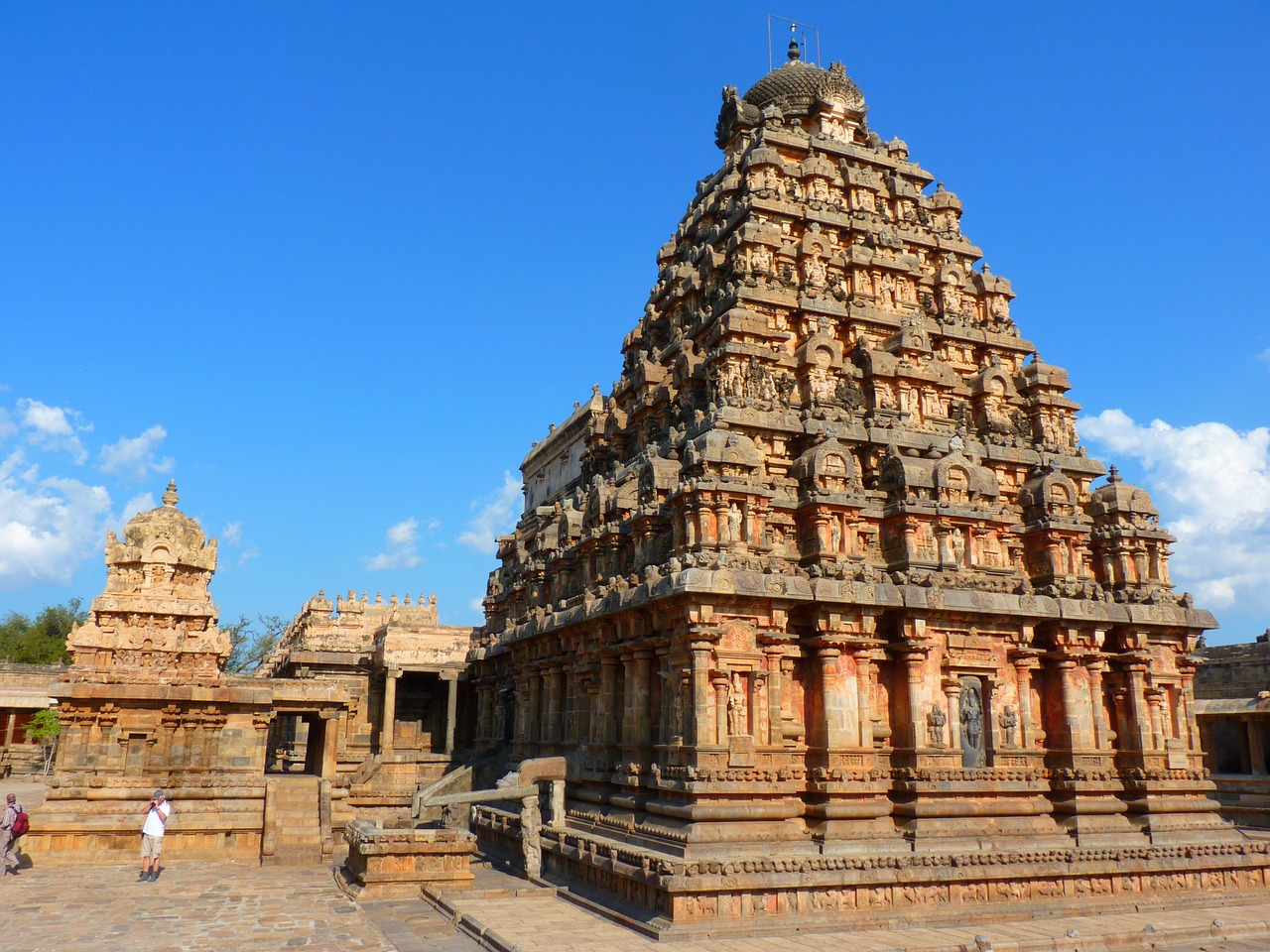
Maritime Trade and Influence
The maritime trade and influence of the Chola Dynasty were pivotal in shaping not only their own empire but also the broader cultural landscape of Southeast Asia. With their strategic location on the Coromandel Coast, the Cholas established a robust maritime network that facilitated trade with distant lands, including Sri Lanka, Indonesia, and Malaysia. This maritime prowess not only boosted their economy but also enabled the exchange of ideas, art, and culture across borders.
One of the key factors contributing to the Cholas' maritime success was their advanced shipbuilding techniques, which allowed them to construct sturdy vessels capable of navigating the unpredictable waters of the Indian Ocean. These ships served as conduits for the transportation of goods such as spices, textiles, precious stones, and even cultural artifacts, enhancing the Cholas' influence in the region.
Moreover, the Chola Dynasty's maritime activities played a significant role in promoting cultural syncretism and cross-cultural interactions. Through their trade expeditions, the Cholas not only exported goods but also imported diverse cultural influences, leading to a rich tapestry of artistic expressions, architectural styles, and linguistic exchanges.
The influence of Chola maritime trade extended beyond economic transactions, as it also fostered diplomatic relations with neighboring kingdoms and empires. By establishing trade routes and commercial ties with foreign powers, the Cholas not only expanded their political influence but also contributed to the diffusion of Indian cultural elements in distant lands.
In essence, the maritime trade and influence of the Chola Dynasty were instrumental in connecting distant regions, facilitating cultural exchange, and leaving a lasting legacy that continues to resonate in the art, architecture, and cultural practices of Southeast Asia to this day.
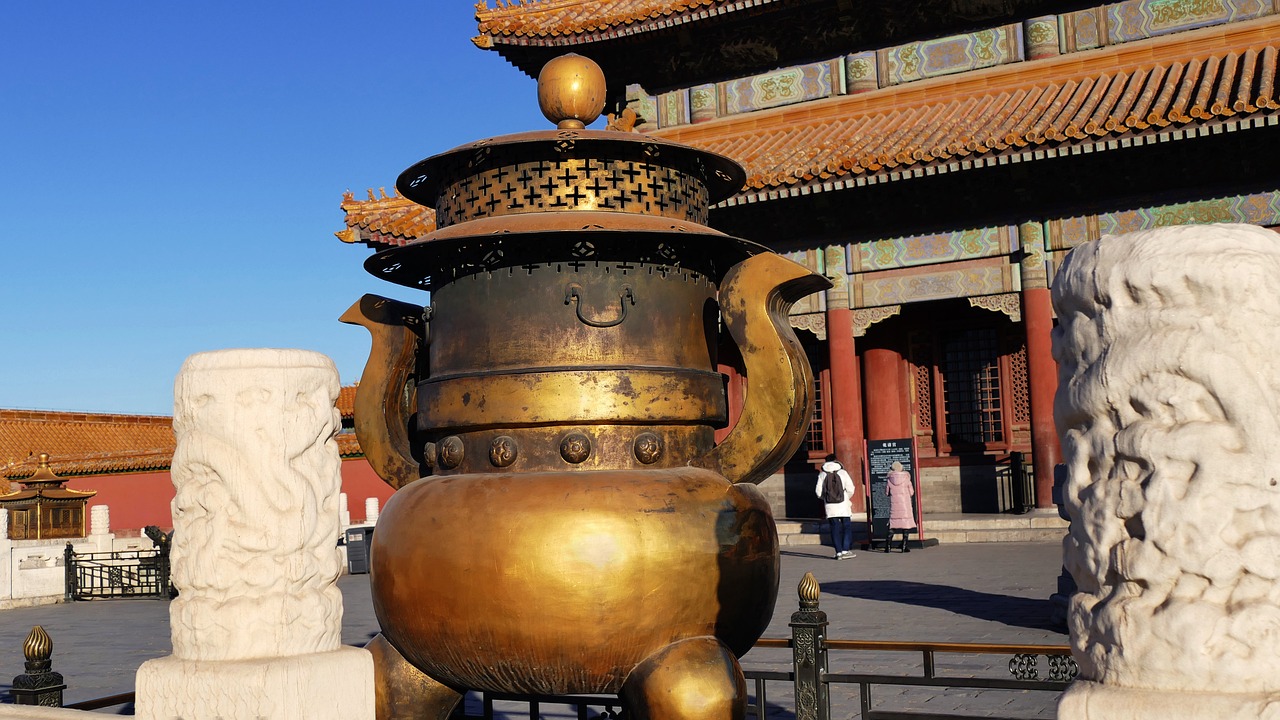
Social Structure and Governance
Exploring the vibrant cultural heritage and artistic achievements of the renowned Chola Dynasty in ancient India, known for its exquisite temple architecture, bronze sculptures, literature, dance forms, and maritime trade influence.
During the reign of the Chola Dynasty, the social structure was intricately woven with the governance system, creating a tapestry of administrative efficiency and cultural patronage. The society was stratified, with distinct roles for various classes such as the kings, nobles, priests, artisans, and farmers. Each segment played a crucial part in maintaining the societal harmony and economic stability.
The governance of the Chola Dynasty was characterized by a decentralized system that empowered local authorities to govern their regions effectively. This approach ensured swift decision-making, efficient resource allocation, and a responsive administration that catered to the diverse needs of the populace. The Chola rulers established a well-organized bureaucracy that managed the affairs of the state with precision and diligence.
Furthermore, the Chola Dynasty's patronage of arts and culture was deeply intertwined with its governance philosophy. The rulers recognized the importance of promoting artistic endeavors, literature, and religious practices to foster a sense of identity and unity among the people. This support for cultural activities not only enriched the societal fabric but also contributed to the preservation of traditions and heritage.
In essence, the social structure and governance of the Chola Dynasty reflected a harmonious blend of administrative efficiency, cultural vibrancy, and social cohesion. This holistic approach to governance ensured that the dynasty thrived and left a lasting legacy that continues to inspire generations.
- What are some famous Chola temples known for their architecture?
- How did the Chola Dynasty influence maritime trade in ancient times?
- What role did literature and poetry play in Chola culture?
- Why is the Chola Dynasty considered significant in the history of India?

Religious Syncretism
Religious syncretism was a defining feature of the Chola Dynasty, showcasing a remarkable blend of diverse religious traditions and practices. The rulers of the Chola Dynasty demonstrated a remarkable level of religious tolerance, patronizing multiple faiths and fostering a harmonious coexistence of Hinduism, Buddhism, and Jainism within their realm. This inclusive approach towards religion not only promoted social harmony but also enriched the cultural tapestry of the Chola Empire.
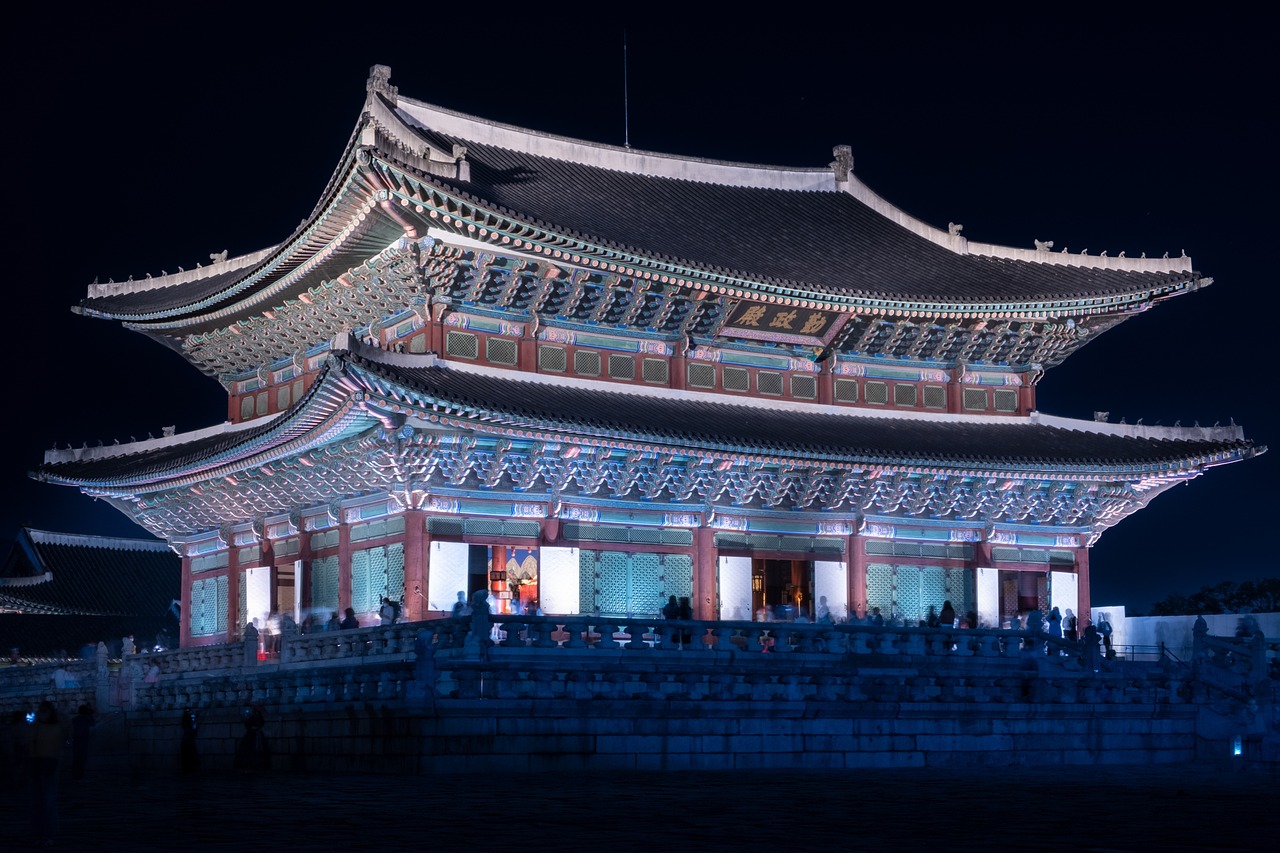
Legacy and Influence
The legacy of the Chola Dynasty is akin to a majestic tapestry woven with threads of cultural richness and artistic brilliance, leaving an indelible mark on the annals of Indian history. Their influence transcends time, resonating through the corridors of art, architecture, and societal structures even in contemporary times. The Chola temples stand as silent sentinels, bearing witness to the architectural prowess and spiritual devotion of a bygone era.
Through their bronze sculptures, the Cholas immortalized divine grace and human emotions in metal, capturing the essence of spirituality with intricate details and sublime beauty. These sculptures not only adorned temples but also served as a medium of artistic expression, reflecting the cultural ethos of the dynasty.
The literary legacy of the Chola era echoes through the verses of poets like Kamban and Sekkizhar, whose words continue to inspire and resonate with readers, offering a glimpse into the societal values and beliefs of that era. Their compositions serve as windows to a world where poetry was not just a form of expression but a reflection of life itself.
Amidst the rhythmic movements of Bharatanatyam, the Chola dance forms find their voice, blending music, rhythm, and storytelling in a mesmerizing display of artistry. The dance forms, nurtured in the temple precincts under royal patronage, continue to enchant audiences with their grace and emotive storytelling.
Furthermore, the maritime trade influence of the Chola Dynasty extended far beyond the shores of India, fostering cultural exchange and shaping the artistic landscape of Southeast Asia. Their voyages not only facilitated trade but also facilitated the spread of ideas, art, and language, leaving an indelible mark on the regions they touched.
The Chola rulers' ethos of religious tolerance and syncretic practices paved the way for the harmonious coexistence of multiple faiths, fostering a cultural milieu where Hinduism, Buddhism, and Jainism thrived side by side. This inclusive approach to religion laid the foundation for a society where diversity was celebrated and respected.
In conclusion, the legacy of the Chola Dynasty serves as a beacon of inspiration, guiding contemporary artists, architects, and cultural enthusiasts to delve into the rich tapestry of history and draw upon its timeless wisdom. Their influence continues to shape the cultural landscape, reminding us of a glorious past that reverberates through the corridors of time.
Frequently Asked Questions
- What is the significance of Chola temple architecture?
Chola temple architecture is renowned for its intricate carvings, towering gopurams, and innovative structural design. These temples served as not just places of worship but also as centers of cultural and artistic expression, reflecting the grandeur and spiritual essence of the Chola Dynasty.
- What makes Chola bronze sculptures unique?
Chola bronze sculptures are distinguished by their exquisite craftsmanship, intricate details, graceful poses, and a unique blend of aesthetic beauty and spiritual symbolism. These sculptures are considered masterpieces of art that showcase the artistic prowess of the Chola artisans.
- How did Chola rulers contribute to literature and poetry?
The Chola era saw a flourishing of literary works by celebrated Tamil poets like Kamban and Sekkizhar. Their compositions reflected the cultural ethos of the time, with themes ranging from epic narratives to devotional poetry, enriching the literary landscape of ancient India.
- What role did the Chola Dynasty play in the development of dance forms?
The Chola Dynasty played a significant role in the evolution of dance forms, particularly Bharatanatyam. Under royal patronage, Bharatanatyam emerged as a sacred art form in temple precincts, blending music, rhythm, and storytelling to create a rich cultural tradition that endures to this day.
- How did the maritime trade influence the cultural landscape during the Chola Dynasty?
The maritime trade prowess of the Chola Dynasty led to the establishment of trade links with Southeast Asia, fostering cultural exchange and influencing art, architecture, and language in the region. This exchange of ideas and goods enriched the cultural tapestry of both India and its trading partners.











